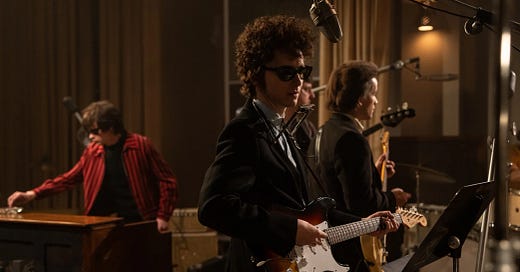A few weeks back, I attended an American menswear line’s presentation of its spring and summer collection. The inspiration, we were told, was “summer in the ‘60s.” The first thing that went through my head was, “you mean race riots?” As it was explained, the description was meant to evoke a time when families took month-long vacations and men wore madras shorts and cameras had film. Family summer vacations (and we’ll elide the question of just which families were able to afford month-long vacations, even in those relatively prosperous years) but not Freedom Summer. No race riots, but no “Dancing in the Streets,” either. In other words, the ‘50s.
***
There’s no use pretending that every American experienced the ‘60s at its most vibrant and most tumultous. The decade wouldn’t have made its impact if there has been nothing to react against. For a lot of us—for me, an extremely sheltered suburban child—the decade I lived through was more pop than anything else—the ‘60s were Batman on TV and Petula Clark singing “Downtown” on the radio, a song and a performance that defined my idea of the glamour and romance of the big city in a way that Astaire-Rogers musicals had done for people thirty years before. For me, the decade as it was happening was also a vague distant fear that bad things were going on in other places and that Vietnam was so established a part of everyday life that it would probably require me going there to fight when I grew up.
***
Even in the name of commerce, for creative people who know better to reduce that decade to a celebration of suburban family leisure says something about just how inconvenient the ‘60s continue to be. And the same applies to those who’ve made the ‘60s easy to digest in another way, the ones who, in TV retrospectives and cheap popular history, reduce the decade to nothing more than protests and war and rioting and assassinations. In other words, something we’re lucky to be rid of.
***
James Mangold’s Bob Dylan biopic A Complete Unknown insists that what was most lasting, most important, most American about the decade was what was most uncomfortable, that the great things that emerged often put us on the spot, disturbed us and unnerved us, made us know something was happening even if we didn’t know what it was. The film follows Dylan from his upstart arrival in New York City in 1961, when he befriended the hospitalized Woody Guthrie and began playing the Greenwich Village folk clubs through to his cataclysmic performance at the 1965 Newport Folk Festival.
Because Mangold and his co-scenarist Jay Cocks have no interest in mindless celebration, they foreground the constant temptation to treat what was new as an oddity, an aberration, something that would go away if we just turned our heads. They are showing us the American ‘60s as a world that does everything possible not to make room for the new. This is a ‘60s movie in which the ’60 almost doesn’t make room for Bob Dylan. By any sensible measure it’s the American movie of the year.
***
Keep reading with a 7-day free trial
Subscribe to Crackers in Bed to keep reading this post and get 7 days of free access to the full post archives.




